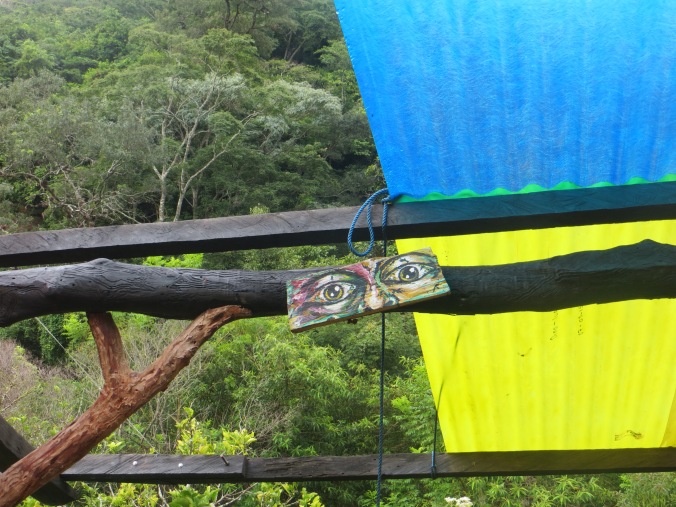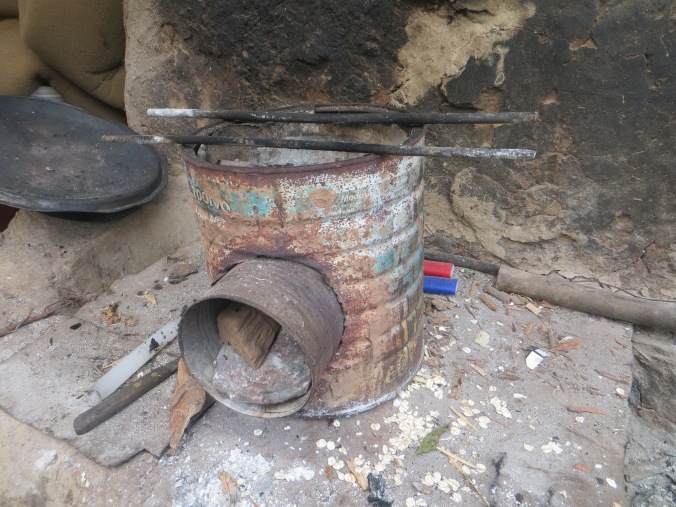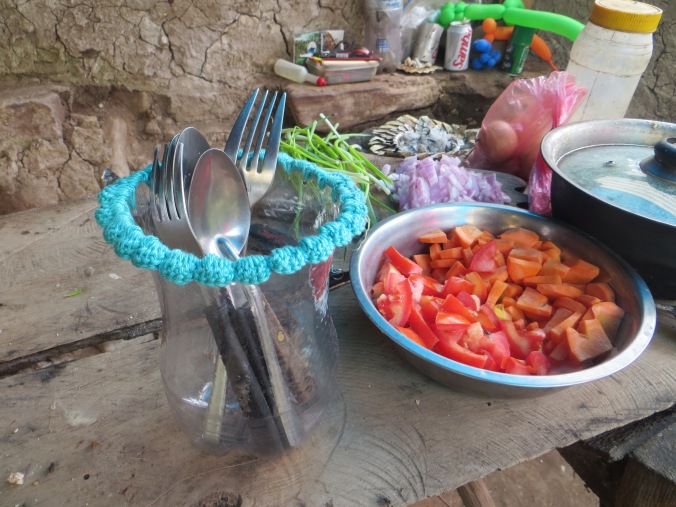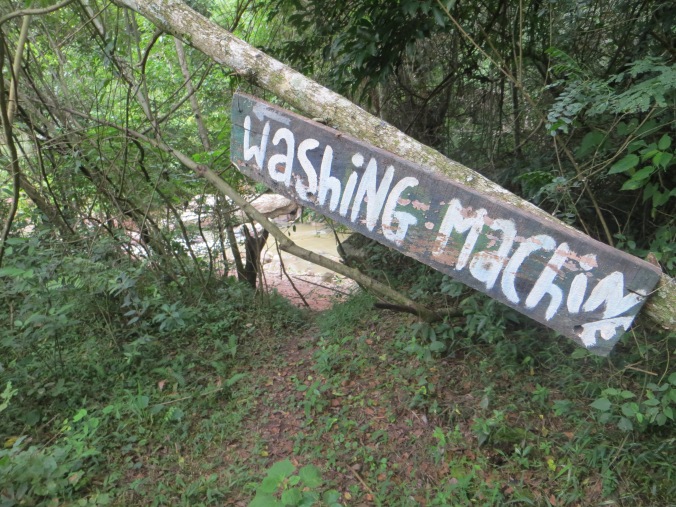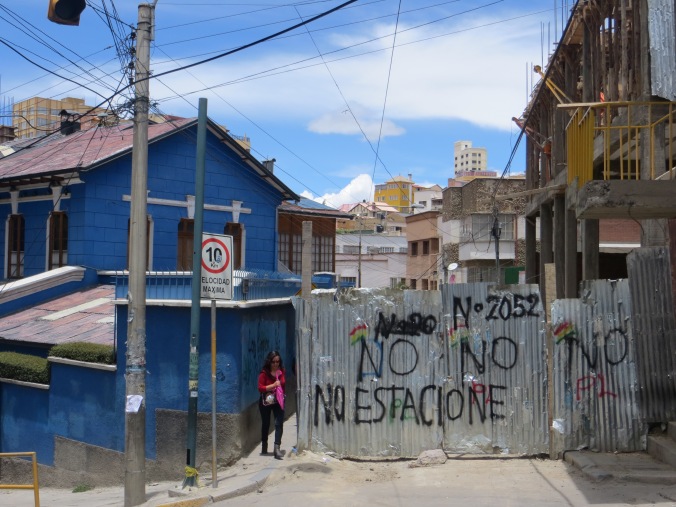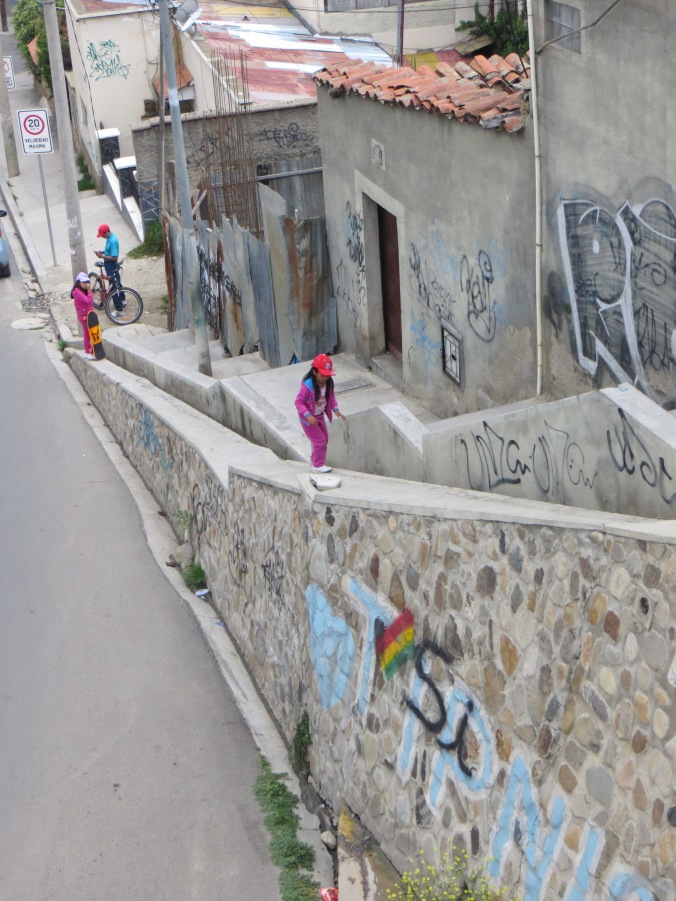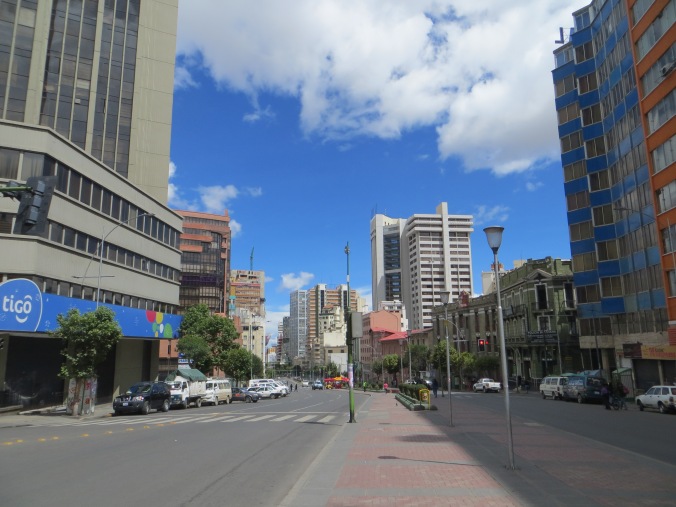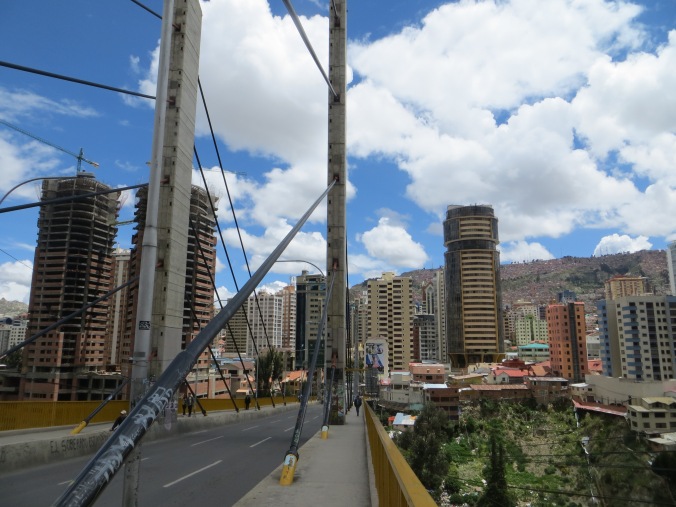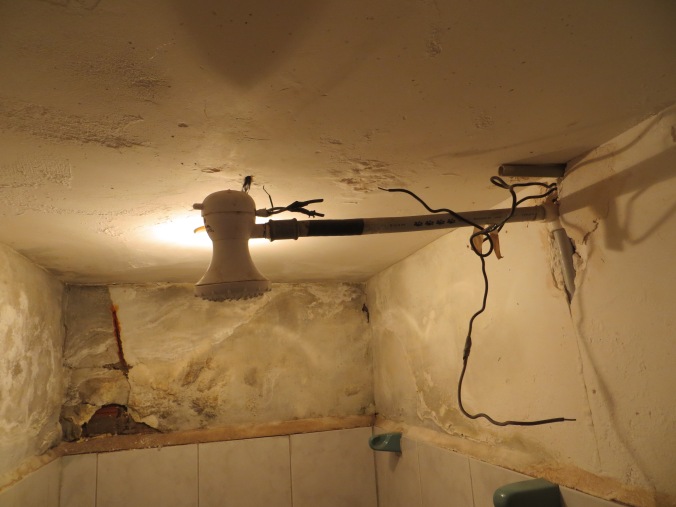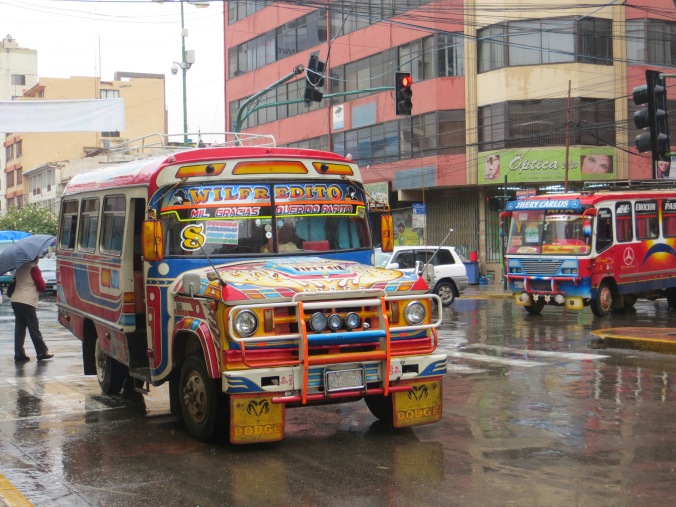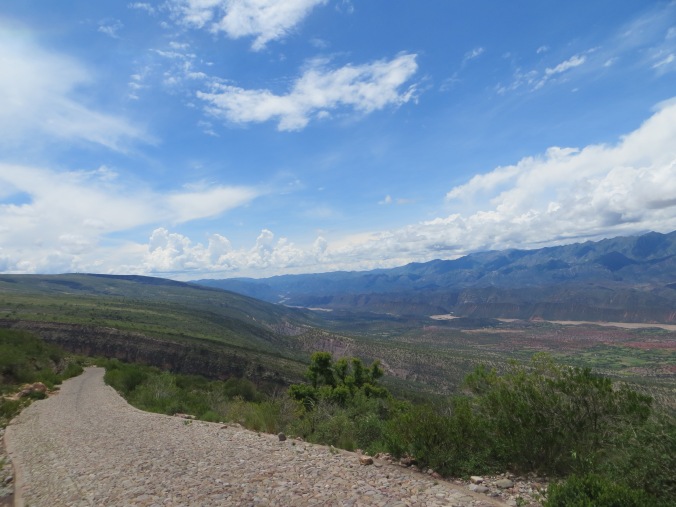In the last months an idea has been creeping in the back of my head. It all started when Seven told me about his dream to build a free tea truck. His vision was to live in a transformed boxtruck while serving free tea to random people on the street, bringing people together and encouraging conversations and connections between strangers. The teatruck would be a movable home and free tea kitchen giving out a cuppa to anyone as long as they stay to drink it. There would also be a “gift and take box” where instead of money, people could offer their skills for free or contact others whose skills they needed. I loved the idea instantly and thought I might visit Seven to help him build it or at least travel around with him for a while, but did not really consider the idea as a realistic option for me yet.
Then, about a month later, I met Ricki from Leipzig. She lives in an old UPS bus she bought and built herself with little money and time. In summer she travels around a lot to different festivals to work there while the rest of the year she lives with other people on a trailer site. What she told me about her life in a bus sounded amazing and got me thinking again. Could this be something for me? I’m living off of my savings at the moment so this would be the perfect time to invest money in something I’m passionate about without getting worried about money and time. I started thinking about pros and cons. The first obvious pro would be being able to move my home around and also taking it to festivals (I can already see myself driving crazy art installations to Nowhere), but I also realized that this could save a lot of money on rent. This would mean having to work less, especially when I start my psychotherapy training. On the downside I hate driving – but is that reason enough to keep me from living in a bus? I guess I could get used to driving again and I know I am not horrible at it. I am also completely new to constructing stuff, but usually I enjoy creative challenges and Ricki already gave me lots of tips where to get help. There is also tons of inspiration on the internet. The biggest challenge would probably be to find a suitable bus before I run out of time and money. I guess I will try and if I can’t find a bus in time maybe it wasn’t meant to be. On the upside Ricki has good contacts in the community and will inform me whenever someone wants to sell.
The last but most important realization I had about living in a bus is that I’d need to get rid of a lot (!) of stuff. Maybe this will be easier after living out of my backpack for months. I’m sure I’ve already forgotten about half of the stuff I own. But still I am very attached to my stuff (especially my huge collection of vintage dresses). There are also things I would not want to live without: an oven to bake cakes, a comfy bed and chillout space, a place for my sewingmachine and craft supplies… but none of these seem impossible with a bit of planning. Maybe this whole living in a bus plan will just stay a dream, but who knowns? Maybe I’ll be living in my tiny movable house soon…
